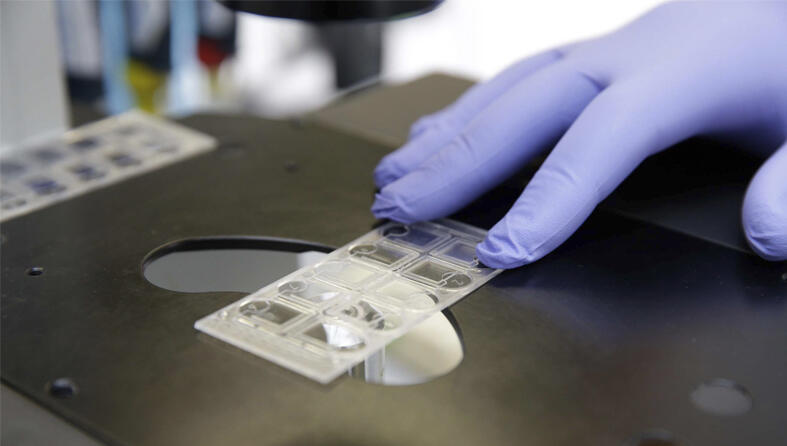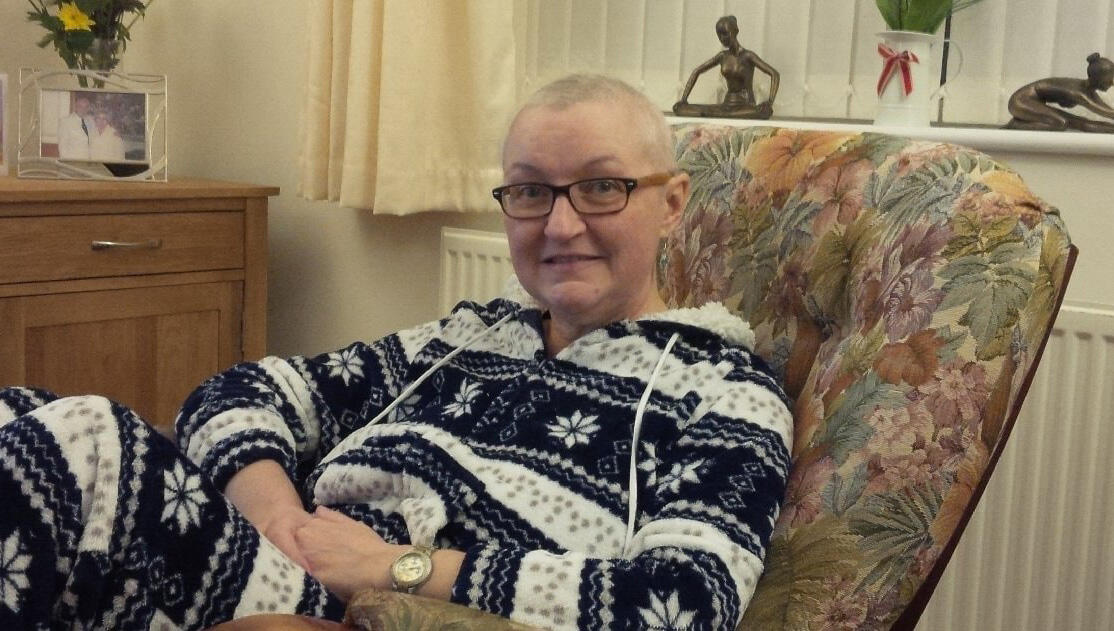Past research into myeloma

120 years of life-saving discoveries
Our scientists have been at the forefront of cancer research since 1902.
Thanks to you, we’ve come so far. And we will go much further.
Together, we will beat cancer.
Our milestones
Our scientists have made vital contributions to finding new and better ways to diagnose and treat myeloma. Below are a few of our most important discoveries.
2011 – We help reveal the first genes that can affect people's risk of developing myeloma.
1954 – We fund work that leads to the development of melphalan and later show how the drug is an effective treatment for myeloma and several other cancers. Today, melphalan remains a common treatment and has helped save many lives.
2003 – Our research provides proof that high-dose chemotherapy is better than standard chemotherapy for treating myeloma, showing that the more intense course is more than 5 times as effective as lower doses.
2013 – Results from a large trial we helped support via the Experimental Cancer Medicine Centres network show that new combinations of drugs help people with myeloma survive longer. The study also shows that different genetic sub-types of myeloma respond differently to various therapies, which now helps doctors decide the best treatment for patients.
2014 – Our scientists show how taking a ‘whole body snapshot’ using an MRI scan could be a less invasive way to track how myeloma is responding to treatment. This could spare patients bone marrow biopsies, making their treatment kinder.
1977 – Our early research into bone marrow stem cells led to many important discoveries, including how they replenish our blood cells throughout life and how myeloma (and other blood cancers) can begin. This research has helped develop better treatments for many types of cancers, boosting survival.
1990 – Our researchers help revolutionize stem cell transplants, which is a life-saving treatment for some myeloma patients. By making the collection of stem cells kinder for donors, this vital work helped increase the number of people willing to donate stem cells and is keeping more cancer patients alive.


